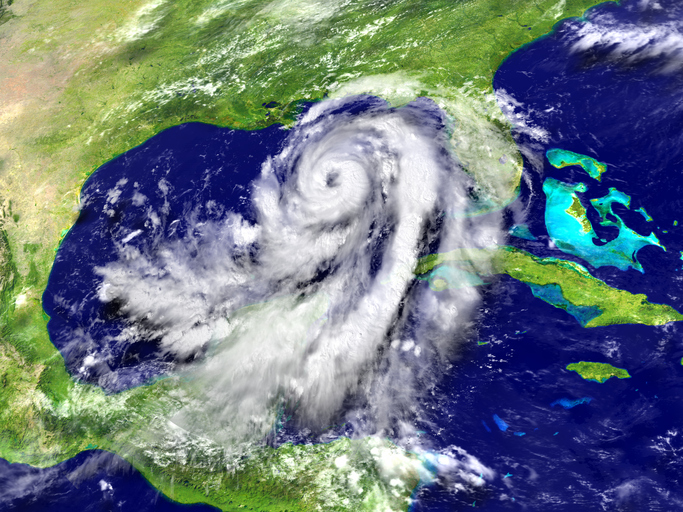Hurricane season lasts from June 1 through November 30 and comes around every year. As with many things, education is key to knowing how to handle conditions should you find a hurricane headed your way. Knowing the essentials of how to prepare and what to do could be a lifesaver. Hurricanes are more active at this time of the year which is why you’re hearing more about them now.

Understanding the Terminology
o Hurricane Watch: Hurricane conditions are possible in the area. Watches are issued 48 hours in advance of the anticipated onset of tropical storm force winds.
o Hurricane Warning: Hurricane conditions are expected in the area. Warnings are issued 36 hours in advance of tropical storm force winds.
o The Eye: A clear, sometimes well-defined center of the storm with calmer conditions.
o Eye Wall: Surrounding the eye of the hurricane, it contains some of the most severe weather of the storm with the highest wind speed and largest precipitation.
o Rain Bands: Produce severe weather conditions such as heavy rain, wind and tornadoes.
o Storm Surge: An often underestimated and deadly result of ocean water swelling as a result of a storm that reaches landfall. The surge has enough power to cause flooding along the coast and areas further inland.
What To Do and Where To Go
During a watch, prepare your home and evacuation plan in case a warning is issued. If you’re on vacation, contact us about our hurricane preparedness plan. During a warning, carefully follow the directions of local officials in your area, and immediately leave if they advise it. In the event of an extreme wind warning/advisory, which means that extreme sustained winds of 115 mph or greater are expected to begin within an hour, immediately take shelter in the interior portion of a well-built structure.
Forecasts and Predictions
Predicting the path of a storm can be challenging at best. The storm’s size and path can directly influence what sort of wind patterns guide, enhance or hinder its growth. Forecasters have computers that take large amounts of data and predict where the storm will go and can usually calculate 2-3 days out fairly accurately. Generally the forecast track or path is given with the average consensus of these models.
For More Information
The National Hurricane Center has the most up-to-date information on hurricane developments, forecasts and weather alerts, discussions analyzing the data and more.

